Scandinavian
by Eko Aryo Widodo

Designer Info
Profession: 3D Artist Visualizer / Interior Designer
Company: LIVING PLUS
Semarang, INDONESIA
About
Technical Information
Scandinavia[a] /ˌskændɪˈneɪviə/ is a historical and cultural region in Northern Europe characterized by a common ethnocultural North Germanic heritage and mutually intelligible North Germanic languages.[2]
The term Scandinavia always includes the three kingdoms of Denmark, Norway, and Sweden. The remote Norwegian islands of Svalbard and Jan Mayen are usually not seen as a part of Scandinavia, nor is Greenland, an overseas territory of Denmark. However, the Faroe Islands, also a Danish overseas territory, are sometimes included, as sometimes are Iceland, Finland, and the Finnish autonomous region of the Åland Islands, because of their historical association with the Scandinavian countries and the Scandinavian peoples and languages.[3] This looser definition almost equates to that of the Nordic countries. In Nordic languages, only Denmark, Norway and Sweden are commonly included in the definition of Scandinavia.[clarification needed]
In English usage, Scandinavia sometimes refers to the geographical area, also known as the Scandinavian Peninsula.[4][5] The name Scandinavia originally referred vaguely to the formerly Danish, now Swedish, region Scania. The terms Scandinavia and Scandinavian entered usage in the late 18th century as terms for Denmark, Norway and Sweden, their Germanic majority peoples and associated language and culture, the term being introduced by the early linguistic and cultural Scandinavist movement.
The majority of the population of Scandinavia are descended from several (North) Germanic tribes who originally inhabited the southern part of Scandinavia and spoke a Germanic language that evolved into Old Norse. Icelanders and the Faroese are to a significant extent descended from the Norse, and are therefore often seen as Scandinavian. Finland is mainly populated by Finns, with a minority of approximately 5%[citation needed] of Swedish speakers. A small minority of Sami people live in the extreme north of Scandinavia.
The Danish, Norwegian and Swedish languages form a dialect continuum and are known as the Scandinavian languages—all of which are considered mutually intelligible with one another. Faroese and Icelandic, sometimes referred to as insular Scandinavian languages, are intelligible in continental Scandinavian languages only to a limited extent. Finnish and Meänkieli are closely related to each other and more distantly to the Sami languages, but are entirely unrelated to the Scandinavian languages. Apart from these, German, Yiddish and Romani are recognized minority languages in Scandinavia.
The southern and by far most populous regions of Scandinavia have a temperate climate. Scandinavia extends north of the Arctic Circle, but has relatively mild weather for its latitude due to the Gulf Stream. Much of the Scandinavian mountains have an alpine tundra climate. There are many lakes and moraines, legacies of the last glacial period, which ended about ten millennia ago.
The term Scandinavia always includes the three kingdoms of Denmark, Norway, and Sweden. The remote Norwegian islands of Svalbard and Jan Mayen are usually not seen as a part of Scandinavia, nor is Greenland, an overseas territory of Denmark. However, the Faroe Islands, also a Danish overseas territory, are sometimes included, as sometimes are Iceland, Finland, and the Finnish autonomous region of the Åland Islands, because of their historical association with the Scandinavian countries and the Scandinavian peoples and languages.[3] This looser definition almost equates to that of the Nordic countries. In Nordic languages, only Denmark, Norway and Sweden are commonly included in the definition of Scandinavia.[clarification needed]
In English usage, Scandinavia sometimes refers to the geographical area, also known as the Scandinavian Peninsula.[4][5] The name Scandinavia originally referred vaguely to the formerly Danish, now Swedish, region Scania. The terms Scandinavia and Scandinavian entered usage in the late 18th century as terms for Denmark, Norway and Sweden, their Germanic majority peoples and associated language and culture, the term being introduced by the early linguistic and cultural Scandinavist movement.
The majority of the population of Scandinavia are descended from several (North) Germanic tribes who originally inhabited the southern part of Scandinavia and spoke a Germanic language that evolved into Old Norse. Icelanders and the Faroese are to a significant extent descended from the Norse, and are therefore often seen as Scandinavian. Finland is mainly populated by Finns, with a minority of approximately 5%[citation needed] of Swedish speakers. A small minority of Sami people live in the extreme north of Scandinavia.
The Danish, Norwegian and Swedish languages form a dialect continuum and are known as the Scandinavian languages—all of which are considered mutually intelligible with one another. Faroese and Icelandic, sometimes referred to as insular Scandinavian languages, are intelligible in continental Scandinavian languages only to a limited extent. Finnish and Meänkieli are closely related to each other and more distantly to the Sami languages, but are entirely unrelated to the Scandinavian languages. Apart from these, German, Yiddish and Romani are recognized minority languages in Scandinavia.
The southern and by far most populous regions of Scandinavia have a temperate climate. Scandinavia extends north of the Arctic Circle, but has relatively mild weather for its latitude due to the Gulf Stream. Much of the Scandinavian mountains have an alpine tundra climate. There are many lakes and moraines, legacies of the last glacial period, which ended about ten millennia ago.
Technical Information
Software: Sketchup 3dsmax Vray Photoshop
This artwork has been viewed 12.720 times

ARTIST GALLERY


<
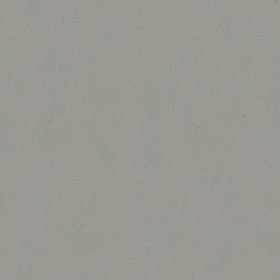 Linoleum floor concrete effect 3704 pbr texture seamless 22552
Linoleum floor concrete effect 3704 pbr texture seamless 22552
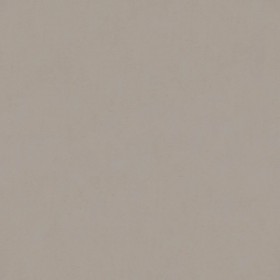 Linoleum floor concrete effect 3706 pbr texture seamless 22551
Linoleum floor concrete effect 3706 pbr texture seamless 22551
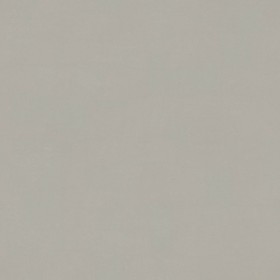 Linoleum floor concrete effect 3724 pbr texture seamless 22550
Linoleum floor concrete effect 3724 pbr texture seamless 22550
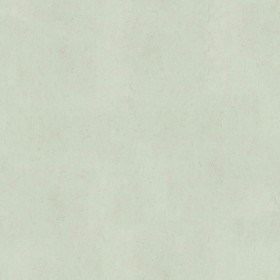 Linoleum floor concrete effect 3749 pbr texture seamless 22549
Linoleum floor concrete effect 3749 pbr texture seamless 22549
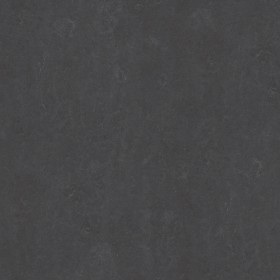 Linoleum floor concrete effect 3725 pbr texture-seamless 22548
Linoleum floor concrete effect 3725 pbr texture-seamless 22548
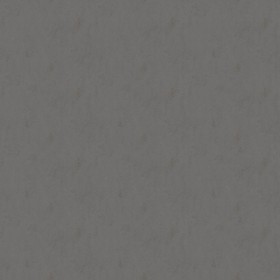 Linoleum floor concrete effect 3703 pbr texture seamless 22547
Linoleum floor concrete effect 3703 pbr texture seamless 22547
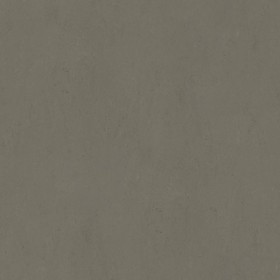 linoleum floor concrete effect 3723 pbr texture seamless 22546
linoleum floor concrete effect 3723 pbr texture seamless 22546
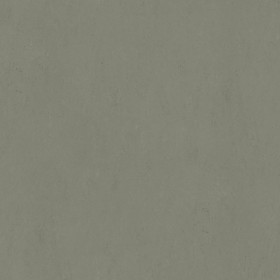 Linoleum floor concrete effect 3755 pbr texture-seameless 22545
Linoleum floor concrete effect 3755 pbr texture-seameless 22545
 Linoleum floor concrete effect 3772 pbr texture-seamless 22544
Linoleum floor concrete effect 3772 pbr texture-seamless 22544
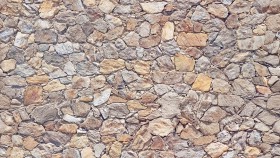 Dry stone wall pbr texture seamless 22543
Dry stone wall pbr texture seamless 22543
 Dry stone wall pbr texture-seamless 22542
Dry stone wall pbr texture-seamless 22542
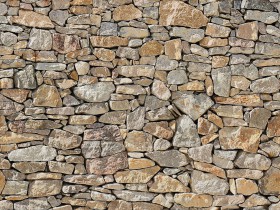 Dry stone masonry pbr texture seamless 22541
Dry stone masonry pbr texture seamless 22541
 Linoleum floor Silt Stone shade pbr texture seamless 22540
Linoleum floor Silt Stone shade pbr texture seamless 22540
 Linoleum floor shade Red Horse pbr texture seamless 22539
Linoleum floor shade Red Horse pbr texture seamless 22539
 Linoleum floor shade 5225 pbr texture seamless 22538
Linoleum floor shade 5225 pbr texture seamless 22538
 Linoleum floor Withered Prairie shade pbr texture-seamless 22537
Linoleum floor Withered Prairie shade pbr texture-seamless 22537
 Linoleum floor bleached gold shade pbr texture-seamless 22536
Linoleum floor bleached gold shade pbr texture-seamless 22536
 Linoleum floor Desert Sand shade pbr texture-seamless 22535
Linoleum floor Desert Sand shade pbr texture-seamless 22535
 Linoleum floor Welsh moor shade pbr texture-seamless 22534
Linoleum floor Welsh moor shade pbr texture-seamless 22534
 Linoleum floor Cliffs of Moher shade pbr texture-seamless 22533
View more »
Linoleum floor Cliffs of Moher shade pbr texture-seamless 22533
View more »



















